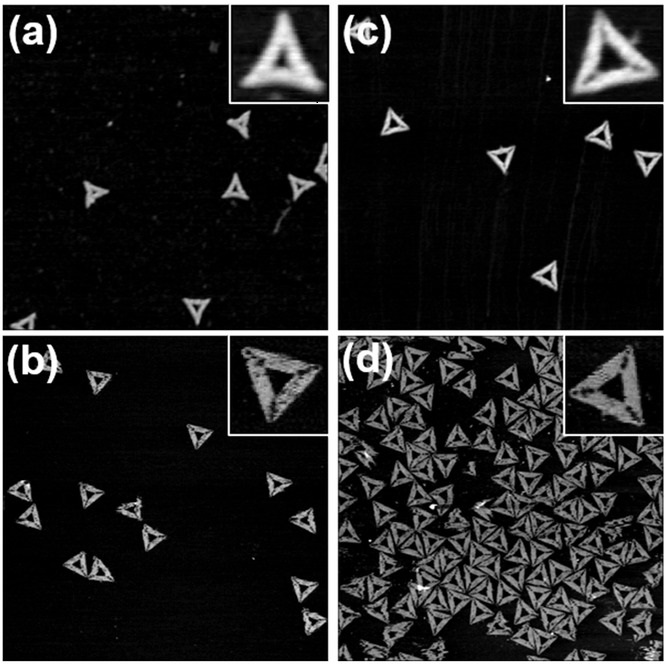Stem cell apoptosis exists widely in embryonic development, tissue regeneration, repair, aging and pathophysiology of disease. The molecular mechanism of stem cell apoptosis has been extensively investigated.*
However, alterations in biomechanics and nanomorphology have rarely been studied.*
In the research article “ Nanomorphological and mechanical reconstruction of mesenchymal stem cells during early apoptosis detected by atomic force microscopy “ Xuelian Su, Haijing Zhou, Guangjie Bao, Jizeng Wang, Lin Liu, Qian Zheng, Manli Guo and Jinting Zhang establish an apoptosis model for bone marrow mesenchymal stem cells (BMSCs) and investigated in detail the reconstruction of the mechanical properties and nanomorphology of the cells.*
Atomic force microscopy (AFM), scanning electron microscopy (SEM), laser scanning confocal microscopy (LSCM), flow cytometry and Cell Counting Kit-8 analysis were applied to assess the cellular elasticity modulus, geometry, nanomorphology, cell surface ultrastructure, biological viability and early apoptotic signals (phosphatidylserine,PS).*
The results indicated that the cellular elastic modulus and volume significantly decreased, whereas the cell surface roughness obviously increased during the first 3 h of cytochalasin B (CB) treatment. Moreover, these alterations preceded the exposure of biological apoptotic signal PS.*
These findings suggested that cellular mechanical damage is connected with the apoptosis of BMSCs, and the alterations in mechanics and nanomorphology may be a sensitive index to detect alterations in cell viability during apoptosis. The results contribute to further understanding of apoptosis from the perspective of cell mechanics.*
NanoWorld PNP Silicon Nitride AFM probes of the PNP-DB type were used for the single-cell imaging with Atomic Force Microscopy and nanoindentation experiments described in this research article.*

Surface topography of BMSCs captured by AFM at different times. Columns A–D indicated the height-measurement images, vertical deflection images, three-dimensional images and cross-sectional images, respectively. The bright area was the elevated part of the cell, where the nucleus was located(A,C). The untreated cells adhered well, and their surface was smooth. The texture of the F-actin bundles is clearly visible (B, 0 h). The surface of treated cells became increasingly rough, the periphery of the cells became irregular and the area of cell extension gradually decreased (A and B, 1 h, 3 h, respectively).
*Xuelian Su, Haijing Zhou, Guangjie Bao, Jizeng Wang, Lin Liu, Qian Zheng, Manli Guo and Jinting Zhang
Nanomorphological and mechanical reconstruction of mesenchymal stem cells during early apoptosis detected by atomic force microscopy
Biology Open (2020) 9, bio048108.
DOI: 10.1242/bio.048108
Please follow this external link to read the full article: https://bio.biologists.org/content/biolopen/9/3/bio048108.full.pdf
Open Access The article “ Nanomorphological and mechanical reconstruction of mesenchymal stem cells during early apoptosis detected by atomic force microscopy “ by Xuelian Su, Haijing Zhou, Guangjie Bao, Jizeng Wang, Lin Liu, Qian Zheng, Manli Guo and Jinting Zhang is licensed under a Creative Commons Attribution 4.0 International License, which permits use, sharing, adaptation, distribution and reproduction in any medium or format, as long as you give appropriate credit to the original author(s) and the source, provide a link to the Creative Commons license, and indicate if changes were made. The images or other third party material in this article are included in the article’s Creative Commons license, unless indicated otherwise in a credit line to the material. If material is not included in the article’s Creative Commons license and your intended use is not permitted by statutory regulation or exceeds the permitted use, you will need to obtain permission directly from the copyright holder. To view a copy of this license, visit http://creativecommons.org/licenses/by/4.0/.


